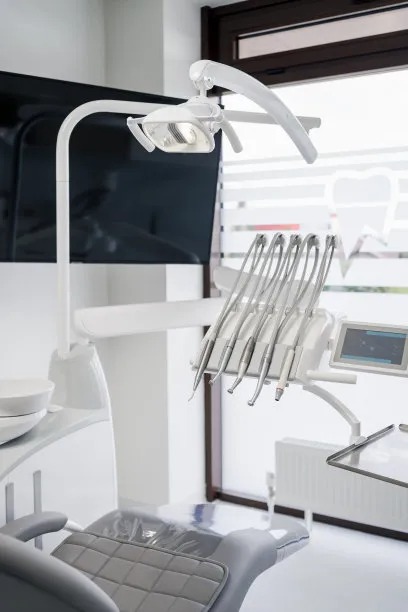Extracting a Tooth Understanding the Procedure Pain Management and Aftercare for Optimal Recovery in Dental Health
Summary: Extracting a tooth is a common dental procedure that involves various steps to ensure the removal is safe and effective. This article delves into the nuances of the extraction process, exploring the importance of understanding the procedure, effective pain management techniques, and the necessary aftercare steps for optimal recovery. Each aspect is essential for maintaining good dental health and alleviating discomfort during the healing process. Through this informative guide, we aim to provide a comprehensive overview for those facing tooth extraction, ensuring they are well-prepared for what lies ahead.
1. Understanding the Tooth Extraction Procedure

Tooth extraction is often deemed necessary due to various dental issues such as decay, infection, crowding, or periodontal disease. Understanding the procedure is crucial, as it can alleviate anxiety and promote a smoother experience. Upon arrival, patients can expect a thorough examination and consultation, where the dentist will assess the tooths condition and discuss the reasons for extraction. This preparation phase is fundamental in setting the stage for a successful outcome.
The actual extraction may vary based on the tooths location and complexity. Simple extractions involve visible teeth, typically performed under local anesthesia. Conversely, surgical extractions are necessary for teeth that are broken or not fully erupted. In these cases, the dentist might use sedation to enhance comfort and ensure a more relaxed experience during the procedure.
Throughout the extraction process, dentists utilize specific tools and techniques to ensure that the procedure is efficient and minimizes trauma to the surrounding tissues. Post-extraction, an important aspect involves gauging the bleeding to ensure it is under control before the patient leaves the office.
2. Effective Pain Management Techniques
Pain management is a vital component of the tooth extraction experience. Before the procedure begins, dentists usually administer local anesthesia to numb the area surrounding the tooth, making the extraction less painful. In some instances, sedation dentistry may be recommended for patients who experience significant anxiety or fear related to dental work.
After the extraction, managing pain effectively is essential for a smooth recovery. Over-the-counter pain medications, like ibuprofen or acetaminophen, are often recommended to alleviate discomfort. In certain cases, the dentist may prescribe stronger pain relievers, depending on the complexity of the extraction and the patients pain tolerance.
Furthermore, employing cold compresses on the outside of the mouth can significantly reduce swelling and numb pain in the initial days following the procedure. Understanding these pain management strategies helps patients prepare and cope better with post-extraction symptoms.
3. Aftercare for Optimal Recovery
Aftercare following a tooth extraction is paramount for optimal recovery. Initially, it is important to keep the extraction site clean to avoid infections. Dentists typically recommend avoiding rinsing the mouth for the first 24 hours to allow the blood clot to form properly. Once this period has passed, gentle rinsing with warm salt water can help maintain cleanliness and promote healing.
Diet also plays a significant role in recovery. After extraction, patients should stick to soft foods and avoid anything too hot, cold, or hard that could disturb the extraction site. Foods like yogurt, mashed potatoes, and smoothies are excellent options during the initial healing phase.
Monitoring for any signs of complications, such as excessive bleeding or prolonged pain, is essential. Patients should follow up with their dentist if they experience unusual symptoms to ensure proper care and avoid further issues.
4. Importance of Dental Check-ups and Follow-Ups
Regular dental check-ups play a crucial role in maintaining overall dental health, especially after a tooth extraction. These visits help to monitor the healing process and ensure that no complications arise from the procedure. Dentists can provide necessary treatments or interventions, potentially preventing any long-term issues related to the extraction.
Additionally, following up with your dentist allows for assessments of the adjacent teeth and gums, ensuring that they remain healthy and free from infection. This proactive approach can preserve your overall dental health, helping to avoid further extractions or treatments in the future.
Lastly, follow-up appointments allow dentists to provide personalized advice on maintaining optimal oral hygiene practices tailored to individual needs, leading to better outcomes in recovery and long-term dental health.
Summary:
In conclusion, understanding the tooth extraction process, effective pain management, and diligent aftercare are essential for ensuring a smooth recovery. Proper follow-up care reinforces these principles, maintaining dental health and preventing future complications. Being well-informed empowers patients to handle the extraction process with confidence and ease.
This article is compiled by Vickong Dental and the content is for reference only.


